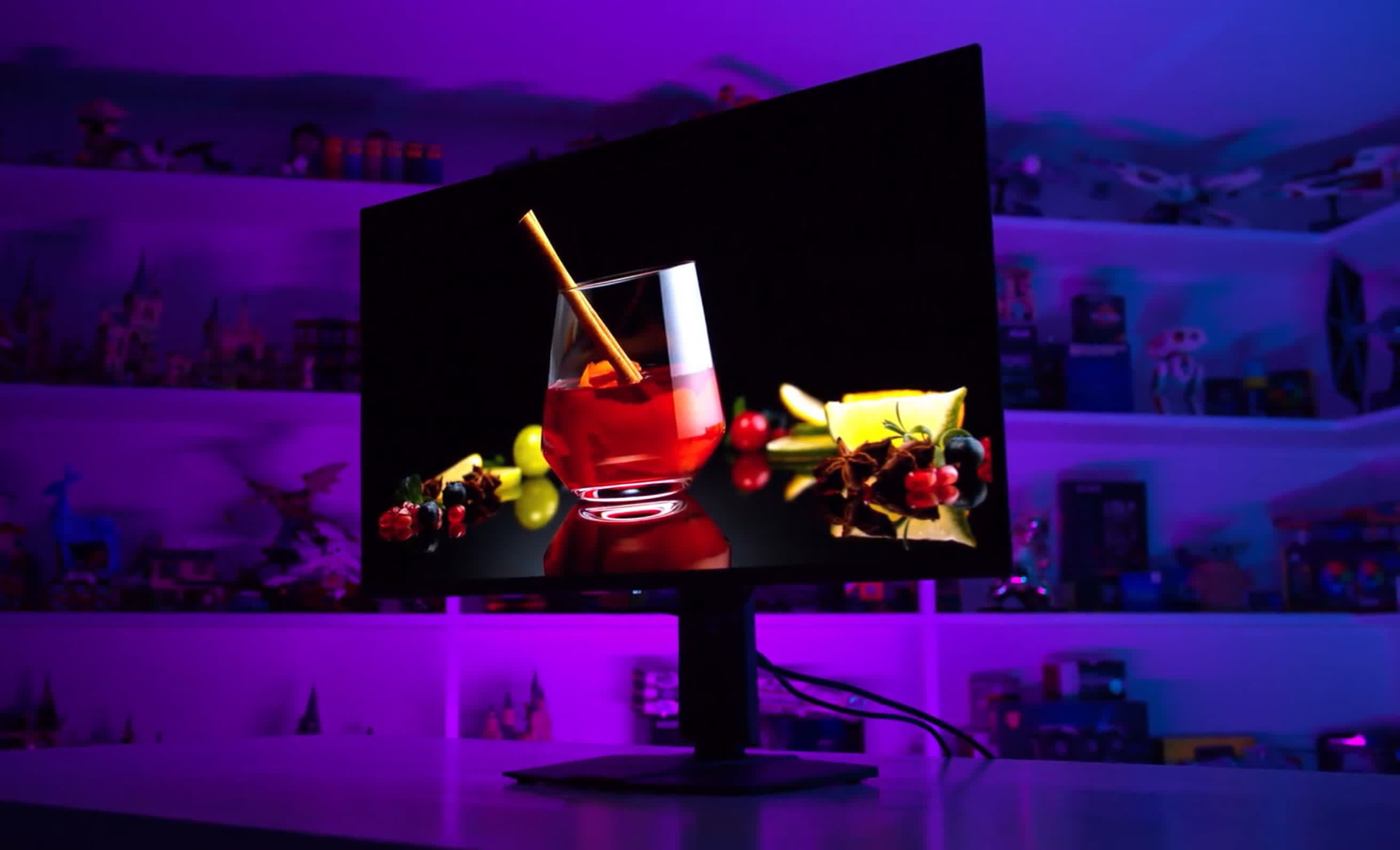您现在的位置是:控名责实网 > 灵师之沐莜
The OLED Burn
控名责实网2025-06-15 16:20:32【灵师之沐莜】4人已围观
简介We've been using the MSI MPG 321URX QD-OLED exclusively as a productivity monitor for the last six m 关键字3
We've been using the MSI MPG 321URX QD-OLED exclusively as a productivity monitor for the last six months,关键字3 and it's time to check in to see how the panel is holding up in terms of burn-in. Not much has changed in how we've been using this monitor – we've really been pushing it with a worst-case usage scenario for OLED – but there have been a few changes compared to the last time we checked for burn-in.
If you missed the last two updates, we recommend going back and checking out at least the initial article to get an idea of the setup we're using and why we've chosen MSI's 4K 240Hz QD-OLED gaming monitor as our workstation display.
Essentially, the idea here is to perform a real-world test of OLED longevity in the worst possible configuration, effectively burning in the display on purpose. We swapped a 32-inch 4K IPS LCD for this new QD-OLED and changed nothing else about the setup – no dark mode, no screensavers, or anything like that – to see if OLED monitors can truly be used as LCD-equivalent productivity displays long-term.

I use my monitor more than 8 hours a day, sometimes continuously, with no breaks for the display to turn off and rest. This leads to hours upon hours of static usage in applications like web browsers, Microsoft Office (including Excel), and production tasks like Adobe Premiere and Photoshop. With virtually no content consumption and zero gaming in our daily use of this display, this is not how we recommend usingan OLED at all, though it's a use case that has been perfectly fine for LCDs for a long time.
After one month of usage, the MSI 321URX showed no signs of burn-in at all, which was expected. At that point, we'd used the monitor for about 200 to 250 hours. After three months, we started to see faint signs of burn-in, and by that time, we'd used the display for approximately 650 to 750 hours with 71 panel compensation cycles.

Six months into this experiment, we estimate the usage to be between 1,200 and 1,500 hours, and the monitor indicates that it has run 141 compensation cycles. This aligns with what we reported previously – about double the usage and about double the compensation cycles. We're still seeing around 9 to 10 hours of usage at 200 nits of brightness per compensation cycle.
As we mentioned in the last update, the recommended rate for panel protection cycles is every four hours, so in our typical usage, it's running less than half as often as is ideal. However, this is a totally realistic scenario for someone using this display for full-time work, especially if you don't put the monitor to sleep during breaks. We've set the display to sleep after two hours, which is far longer than we would recommend for general OLED use, but it's the same setting we used for our LCD.
很赞哦!(576)
相关文章
- 曝NBL联赛冠军最多的安徽文一俱乐部面临解散危机
- 我,破坏神,加入超次元公会
- 梅州客家:联赛四连败 双线五连败 形势严峻 不敢懈怠!
- 财政部林泽昌,履新职
- Hà Nội: Một phụ nữ bị tàu hoả tông tử vong
- 景区分类垃圾桶款式定制及设置标准
- Best laptop deal: Get a Microsoft Surface Pro 11 for 29% off at Woot
- หนุ่มบราซิลวิ่งมาราธอน 366 วันติดต่อกัน สภาพหัวใจของเขาเป็นอย่างไร ?
- 滚动|印度航空一架波音787客机坠毁!已造成至少265人遇难
- Best laptop deal: Get a Microsoft Surface Pro 11 for 29% off at Woot






